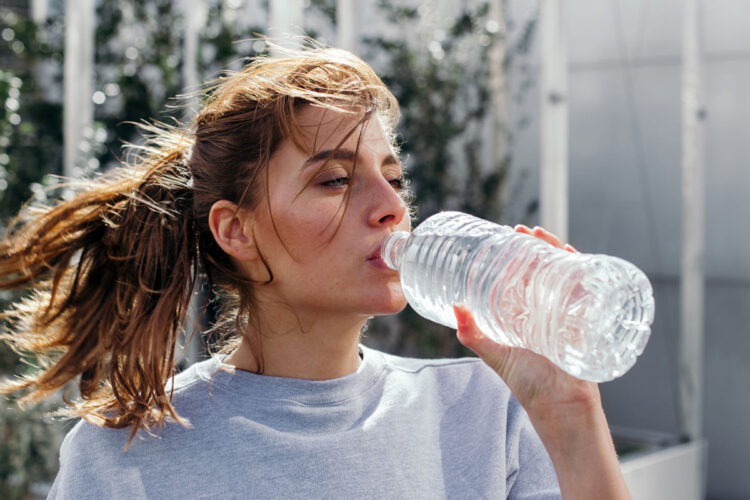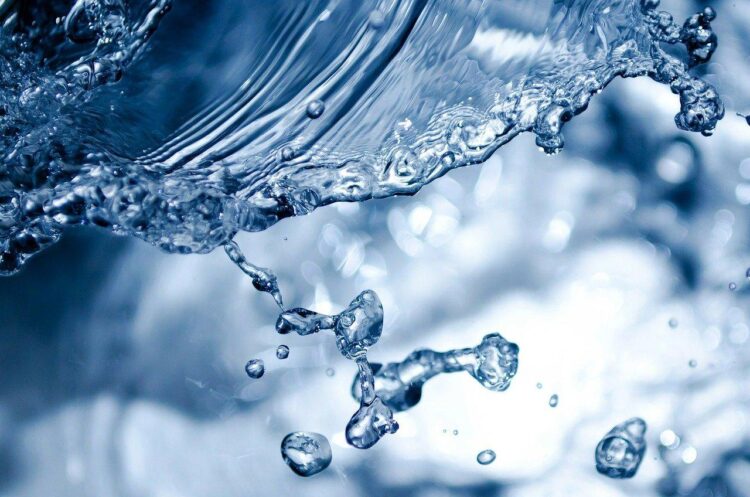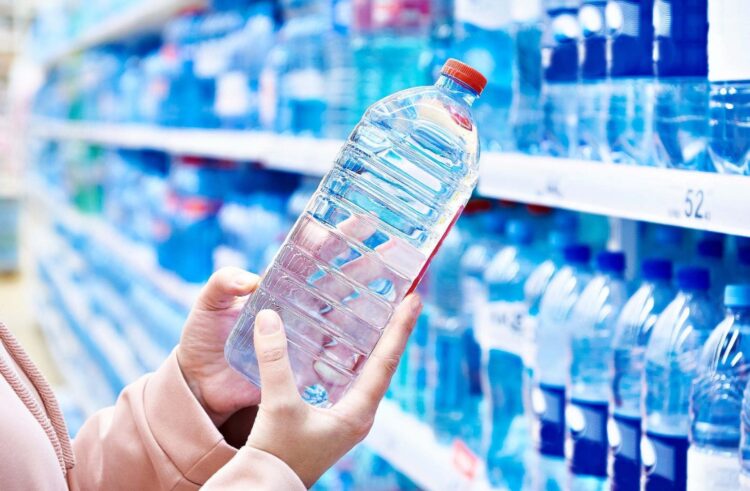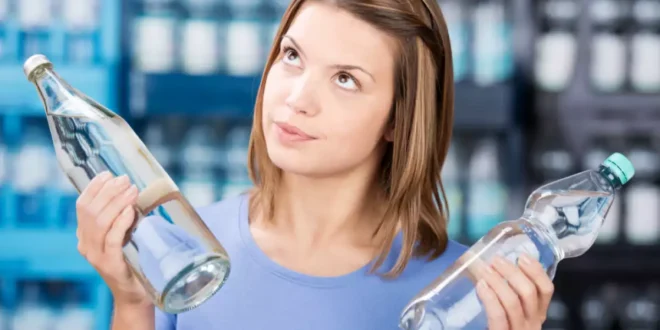When it comes to water, one might think that it is a simple topic, yet there are so many types on the market that make it difficult to choose. In fact, in contrary to what is generally thought, there is not only the distinction between “natural” and “sparkling” or “slightly sparkling” but also between waters from different mineral springs, each with its own peculiarities and a different concentration of mineral salts.
In addition, waters are bottled in different materials, and this feature also helps to further distinguish those on the market. Each brand then may have different types of water, which are more or less well suited to certain needs. To figure out which is the ideal one for your case, you will have to inform yourself well with suppliers and brands: visit the website dedicated to Smeraldina Water, for example, and find out which type of water best suits your lifestyle and diet.
The Bottle

After ascertaining that there are a variety of water types on the market, it is necessary to figure out which one to choose. When deciding which water to buy, the first parameter to consider is the type of bottle, which can be glass, plastic, or tetra pack.
Glass is synonymous with elegance and prestige, and is particularly used in high-end restaurants, but it is equally ideal for aesthetically and taste-conscious domestic consumers. Not everyone knows that glass bottles allow the contents to be preserved without alteration, as well as being environmentally sustainable. Plastic offers convenience and practicality, allowing transportation to different locations without the risk of accidental breakage. Tetrapack, or cardboard packaging, is a greener alternative because it is easily recyclable and environmentally friendly.
In addition, its lightweight and compactness make it a practical choice to take with you when you are away from home.
There are various types of bottles, each with different advantages and disadvantages. To choose the perfect one for yourself, you need to think carefully about which properties are most in line with your needs.
The Main Types of Water and Their Properties

Different types of water can be found on the market, which differs according to the content of certain elements and mineral salts.
Sulfate waters, for example, have a sulfate concentration above 200 mg/l. They are especially beneficial for those suffering from gastrointestinal disorders and constipation. They can be of different types: sulfate-magnesium ones have a predominance of magnesium, and therefore a bitter taste, while sulfate-alkaline-earthy ones contain mainly calcium, magnesium, and sodium.
Those containing chloride above 200 mg/l, again, act as balancers for the intestines, biliary tract, and liver. Magnesian waters, with magnesium over 50 mg, on the other hand, are useful in preventing muscle cramps and aid concentration. Ferruginous waters, with bivalent iron over 1 mg/l, are recommended for those with anemia or hyperthyroidism.
However, nitrites and nitrates, as well as pollutants, must be carefully checked in these waters. In bottled water, the nitrate content should be as low as possible, within the maximum limits of 45 mg/l for adults and 10 mg/l for children. Nitrites, on the other hand, should be absent to ensure safe consumption of the water.
There are, then, calcic waters. This term refers to beverages characterized by a high presence of calcium, above 150 mg/l. They are particularly recommended for people with calcium deficiencies or subjects suffering from osteoporosis.
Among the different types of bottled water, it is also possible to mention sodium waters, which have a sodium concentration above 200 mg/l and are therefore very suitable for athletes, as they help to compensate for sodium loss during training or during the summer season when it is particularly hot.
They are not recommended, however, for those suffering from high blood pressure, those on a weight-loss diet, or those who need to promote diuresis. For all these people, water with a sodium content of less than 20 mg/l should be preferred.
The Fixed Residue

Another important detail to consider when choosing bottled water is the fixed residue. This data is important because it allows to understand what is the amount of minerals that remain deposited after the evaporation of 1 liter of water at 180°C. This parameter allows water to be classified into different categories, to be chosen according to personal needs:
- Strongly mineral waters ─ in this case, the fixed residue is above 1500 mg/l. Therefore, these are waters very rich in salts, not recommended for daily use but to be drunk only for therapeutic purposes and after medical recommendation;
- Medium mineral waters ─ these waters have a fixed residue between 500 and 1500 mg/l. The percentage of salts, therefore, is considerable, and it is necessary to drink them alternating with lighter waters. They serve mainly to replenish fluids lost through sweating, and for this reason, they are recommended for sportsmen during their workouts;
- Oligomineral waters ─ these are among the most popular waters consumed at the table, as they have a fixed residue of less than 500 mg/l. These are waters capable of good diuretic action, so they allow the body to be purified and can also be drunk in cases of high blood pressure;
- Minimally mineralized water ─ this term defines water with a fixed residue of less than 50 mg/l, so it is very light and suitable for those with kidney problems. Minimally mineralized water is also suitable for consumption by infants.
The other characteristics of water
When reading the label of water, one must also pay attention to other details, listed under the heading “Chemical and Chemical-Physical Analysis”. In addition to the fixed residue, one must evaluate the dissolved substances, that is, the mineral salts present in the water and in what percentage.
Hardness, typically given in F°, refers to limestone: the harder the water, the greater the presence of limestone. pH, on the other hand, is a parameter that defines the level of acidity (or rather, alkalinity).
If it is below 7, then the water is acidic, and therefore recommended for those with digestive problems; if it is equal to 7, the water is neutral, while if it is above 7, the water is alkaline and should be drunk only in cases of particular acidity in the stomach, to rebalance well-being.
 Hi Boox Popular Magazine 2025
Hi Boox Popular Magazine 2025



